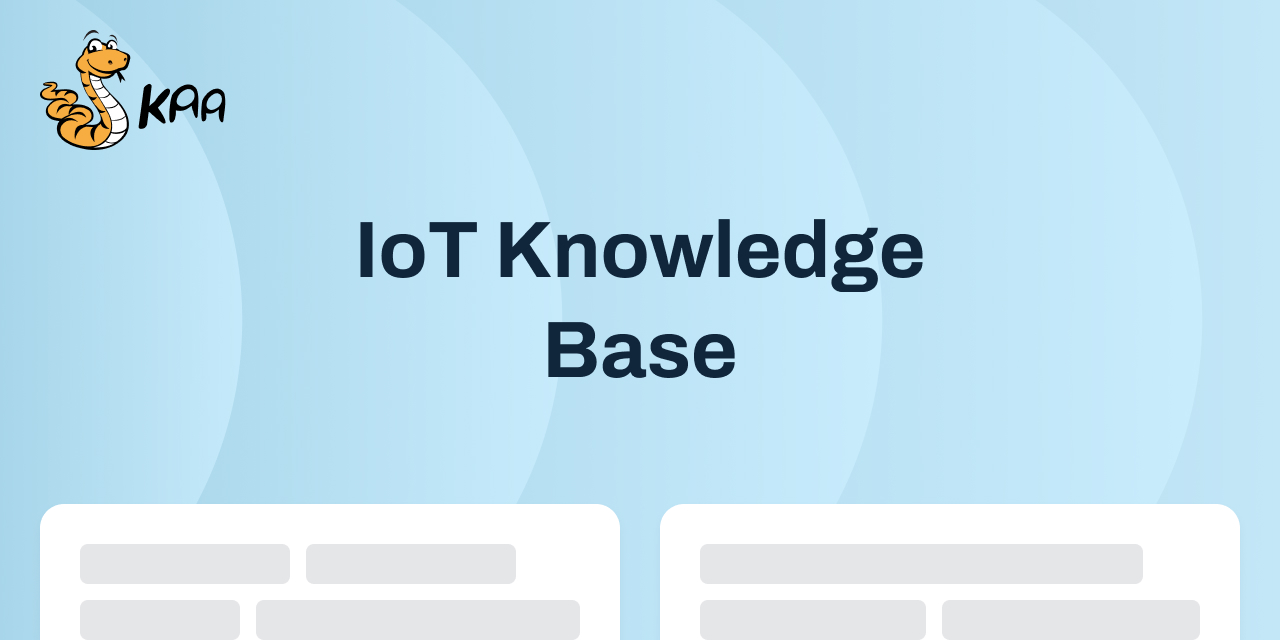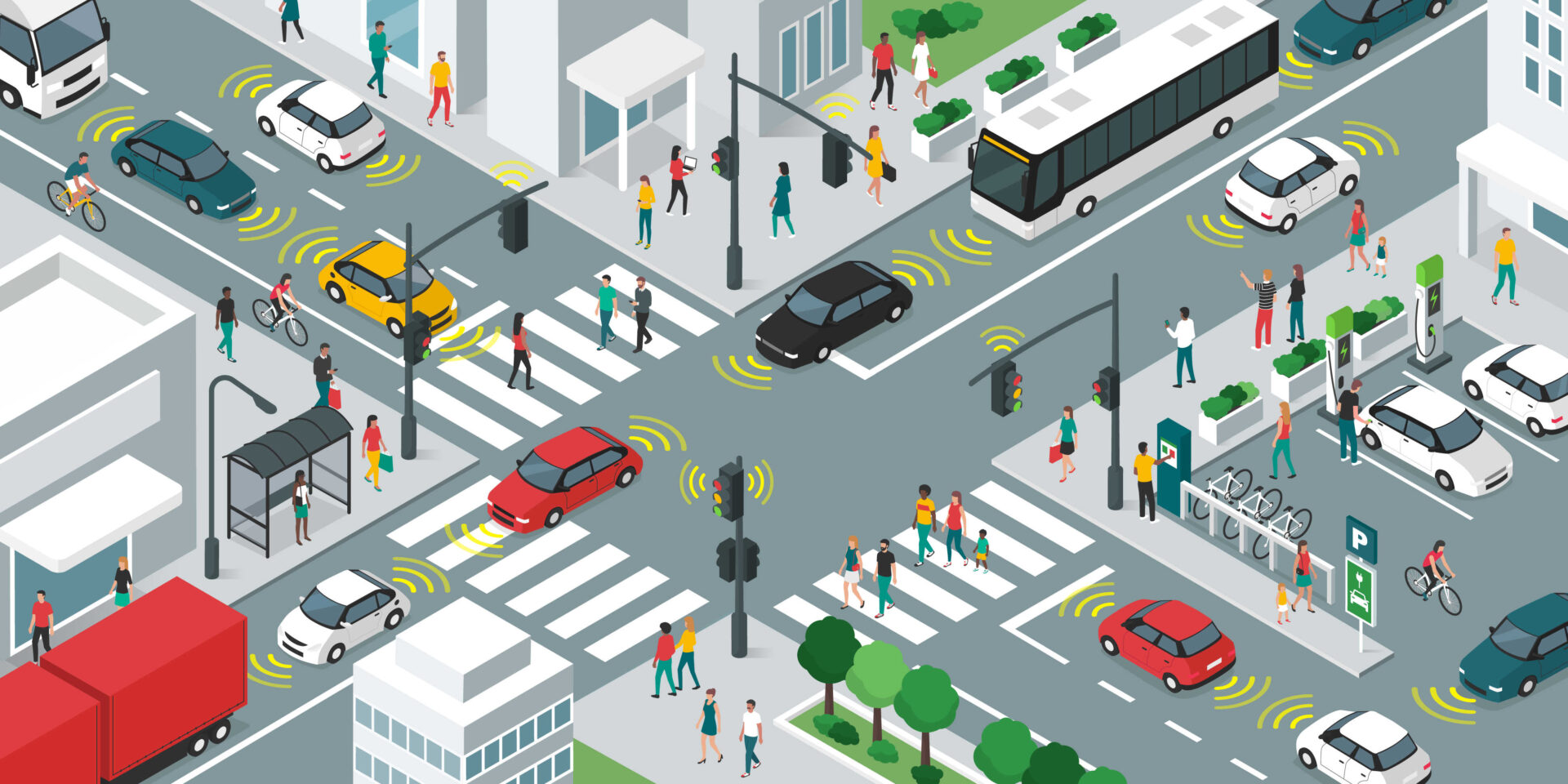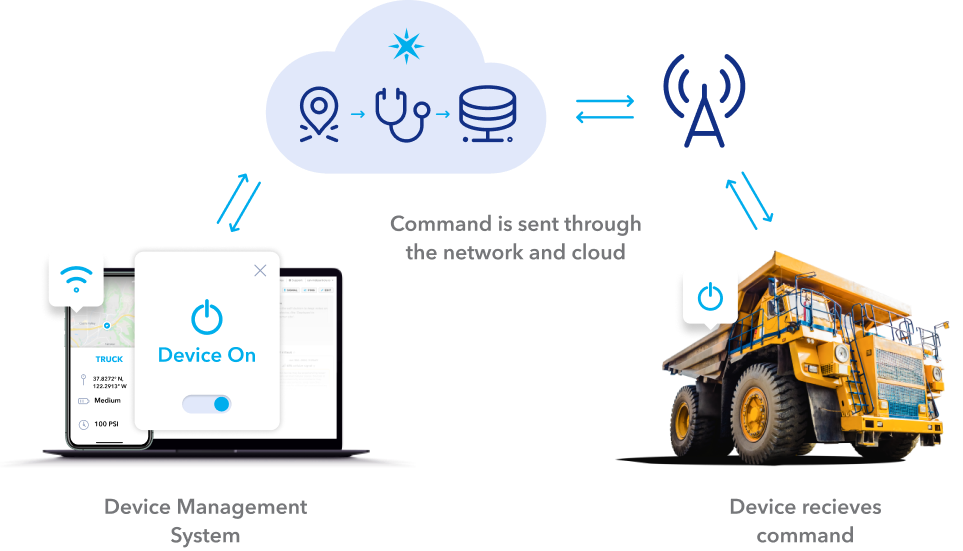Remote management in IoT is revolutionizing the way businesses operate by enabling seamless control and monitoring of devices across vast distances. As the Internet of Things (IoT) continues to expand, understanding the practical applications and benefits of remote management becomes increasingly critical. This guide dives deep into real-world examples of remote management in IoT, offering actionable insights for professionals seeking to enhance their connectivity solutions.
In today's hyper-connected world, remote management in IoT offers unparalleled opportunities for innovation and efficiency. Businesses across industries are adopting IoT technologies to streamline operations, reduce costs, and improve customer experiences. This article explores how remote management plays a pivotal role in this transformation, providing a comprehensive overview of its applications.
Whether you're a business leader, IT professional, or tech enthusiast, this guide will provide you with the knowledge and tools necessary to implement effective remote management strategies. By the end of this article, you'll have a clear understanding of how remote management in IoT can transform your connectivity landscape and drive success in today's digital age.
Read also:Meltem Conant The Rising Star In The World Of Modeling And Entertainment
Table of Contents:
- Introduction to IoT Remote Management
- Benefits of Remote Management in IoT
- Real-World Examples of Remote Management in IoT
- Key Components of Effective Remote Management
- Challenges in Implementing Remote Management
- Best Practices for Remote Management in IoT
- Tools and Software for Remote Management
- Security Considerations in Remote Management
- Future Trends in Remote Management IoT
- Conclusion and Next Steps
Introduction to IoT Remote Management
Remote management in IoT refers to the ability to monitor, control, and maintain IoT devices and systems from a distance. This capability is essential for ensuring the smooth operation of connected devices, especially in environments where physical access is limited or impractical. IoT remote management allows organizations to optimize resource allocation, enhance productivity, and reduce operational costs.
As the number of connected devices continues to grow, the need for effective remote management solutions becomes more pressing. According to a report by Gartner, the global IoT market is expected to reach over 25 billion connected devices by 2030. This growth underscores the importance of implementing robust remote management strategies to handle the increasing complexity of IoT ecosystems.
Understanding the Role of Remote Management
Remote management in IoT serves several critical functions, including device configuration, firmware updates, data collection, and troubleshooting. By leveraging advanced technologies such as cloud computing, machine learning, and artificial intelligence, organizations can achieve greater control over their IoT deployments. This section explores the foundational aspects of remote management and its role in transforming connectivity.
Benefits of Remote Management in IoT
Implementing remote management in IoT offers numerous advantages that can significantly impact business operations. From cost savings to improved efficiency, the benefits of remote management are vast and varied. Below are some of the key advantages:
- Cost Efficiency: Reduces the need for on-site maintenance, lowering operational expenses.
- Enhanced Productivity: Enables real-time monitoring and control, ensuring optimal device performance.
- Scalability: Supports the management of large-scale IoT deployments with ease.
- Improved Security: Facilitates the implementation of robust security protocols to protect sensitive data.
Economic Impact of Remote Management
Remote management in IoT has a profound economic impact, particularly for industries reliant on connected technologies. By streamlining operations and reducing downtime, organizations can achieve significant cost savings and improve their bottom line. This section delves deeper into the economic benefits of remote management and its role in driving business growth.
Read also:Carmela Clutch The Timeless Elegance Redefining Fashion
Real-World Examples of Remote Management in IoT
To better understand the practical applications of remote management in IoT, let's explore some real-world examples:
Example 1: Smart Agriculture
In the agricultural sector, remote management in IoT is transforming farming practices. Farmers can now monitor soil moisture levels, weather conditions, and crop health from a centralized dashboard. This allows for precise irrigation and fertilization, improving crop yields and reducing resource waste.
Example 2: Industrial Automation
Manufacturing facilities are leveraging remote management to enhance production processes. By remotely controlling machinery and monitoring performance metrics, companies can identify bottlenecks and optimize workflows, resulting in increased productivity and reduced downtime.
Example 3: Smart Cities
Smart cities are utilizing IoT remote management to improve urban infrastructure. From traffic management systems to energy-efficient lighting, remote management enables city planners to create safer, more sustainable urban environments.
Key Components of Effective Remote Management
Successful remote management in IoT requires the integration of several key components. These include:
- Cloud Infrastructure: Provides the necessary scalability and flexibility for managing large-scale IoT deployments.
- Data Analytics: Enables the extraction of valuable insights from IoT data, facilitating informed decision-making.
- Device Management Platforms: Offers tools for device provisioning, configuration, and monitoring.
- Security Protocols: Ensures the protection of sensitive data and devices against cyber threats.
Integrating Cloud Solutions
Cloud computing plays a crucial role in remote management by providing the infrastructure needed to support IoT ecosystems. This section examines the importance of cloud solutions in enabling effective remote management and discusses popular cloud platforms used in IoT deployments.
Challenges in Implementing Remote Management
While remote management in IoT offers numerous benefits, it also presents several challenges. These include:
- Security Risks: Ensuring the security of connected devices and data is a top priority.
- Interoperability Issues: Achieving seamless integration between different devices and systems can be complex.
- Scalability Constraints: Managing large-scale IoT deployments requires robust infrastructure and resources.
Addressing Security Concerns
Security is a critical consideration when implementing remote management in IoT. Organizations must adopt comprehensive security strategies to protect their IoT ecosystems from potential threats. This section outlines best practices for securing IoT devices and data in remote management environments.
Best Practices for Remote Management in IoT
To maximize the effectiveness of remote management in IoT, organizations should adhere to the following best practices:
- Regular Updates: Ensure devices and software are updated regularly to address vulnerabilities.
- Monitoring and Alerts: Implement real-time monitoring and alert systems to detect and respond to issues promptly.
- Access Controls: Enforce strict access controls to prevent unauthorized access to IoT devices and data.
Implementing Monitoring Systems
Monitoring is a critical aspect of remote management in IoT. By implementing advanced monitoring systems, organizations can gain valuable insights into device performance and identify potential issues before they escalate. This section explores the latest monitoring technologies and their role in enhancing remote management capabilities.
Tools and Software for Remote Management
Several tools and software solutions are available to support remote management in IoT. Some of the most popular options include:
- IBM Watson IoT Platform: Offers a comprehensive suite of tools for managing IoT devices and data.
- Amazon Web Services IoT: Provides scalable cloud-based solutions for IoT deployments.
- Microsoft Azure IoT Hub: Enables secure and reliable communication between IoT devices and cloud services.
Evaluating IoT Platforms
Selecting the right IoT platform is essential for successful remote management. This section provides guidance on evaluating and choosing the best IoT platform for your organization's needs, considering factors such as scalability, security, and cost-effectiveness.
Security Considerations in Remote Management
Security is a top priority in remote management in IoT. Organizations must adopt a proactive approach to securing their IoT ecosystems, addressing potential vulnerabilities and threats. This section discusses key security considerations and strategies for protecting IoT devices and data in remote management environments.
Encryption and Authentication
Encryption and authentication are critical components of IoT security. By implementing robust encryption protocols and multi-factor authentication, organizations can safeguard their IoT ecosystems against cyber threats. This section explores the latest encryption and authentication technologies and their role in enhancing IoT security.
Future Trends in Remote Management IoT
The future of remote management in IoT holds exciting possibilities. Emerging technologies such as 5G, edge computing, and artificial intelligence are set to transform the landscape of IoT connectivity. This section examines the latest trends in remote management and their potential impact on IoT ecosystems.
Impact of 5G on IoT
The rollout of 5G networks is expected to revolutionize IoT connectivity, enabling faster data transfer and lower latency. This section explores the implications of 5G for remote management in IoT and discusses how organizations can leverage this technology to enhance their connectivity solutions.
Conclusion and Next Steps
Remote management in IoT is a transformative technology with the potential to revolutionize connectivity across industries. By understanding its applications, benefits, and challenges, organizations can harness the power of remote management to drive innovation and efficiency. This comprehensive guide has provided actionable insights into the world of remote management in IoT, equipping you with the knowledge and tools necessary to succeed in today's digital age.
We invite you to take the next step by implementing the strategies and best practices outlined in this article. Share your thoughts and experiences in the comments section below, and don't forget to explore our other resources for more insights into IoT and connectivity solutions.


